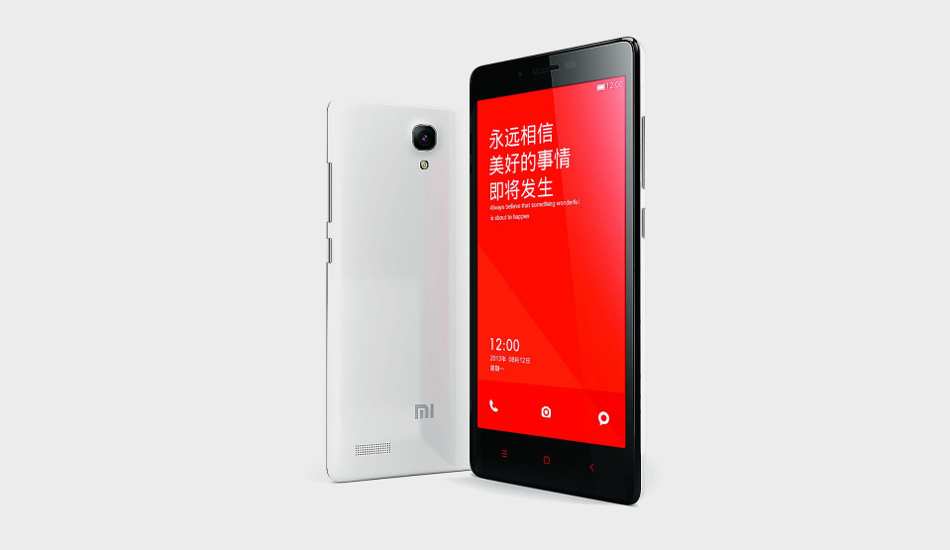The anti-China sentiment is high in the country right now. People are placing sentiments over practical resolutions with the supposed intention of hurting brands from China. Many retailers and industry bodies have made claims about withdrawing sales of products and hardware from such companies. But before all that, the question worth asking is, are we ready to make such a wholesale change? Is India ready to be self-dependent for production of essentials that we take for granted?
The answer is, no but we don’t want to come to that conclusion without highlighting the obvious reasons and the reality that’s hard to ignore on the ground. It’s also important to understand the logic of calling a brand ‘Chinese.’ Currently, you have two forms of Chinese presence in India. First is the group of brands that have invested heavily in infrastructure, workforce and change their brand impression. Second, come via silent investors in companies like Zomato, Paytm and a slew of other startups in the country.
China has built its production empire over decades now. They slowly laid the foundation for its prowess in manufacturing, supplying goods to most markets across the globe. As for India, the country’s government has repeatedly stated its intention to get global companies to set up and produce for other markets. Samsung is probably a prime example of that exercise. But it’s not Chinese.
[[VIDEOID=1635]]
Figures speak for themselves
You look at the latest market reports for smartphone, or laptop segment, and the gulf in class between local and global brands is wide. The Indian mobile market is lead by Xiaomi (Chinese origin), Vivo (Chinese), then you have Samsung (South Korean) and again you have Oppo, Realme and more. Even a brand like OnePlus comes from China. So let’s say you boycott Chinese goods, what are your best possible options? Nokia from HMD Global, Motorola (even though its’ owned by Lenovo from China) and few more. If we purely look for Indian brands, there aren’t a lot of options. A few years back you had Micromax, Lava, Karbonn and Intex. In 2020, these brands have lost their standing in front of the Chinese disruption.
Make in India was supposed to change the dynamics for local brands in the country. Even that worked out in favour of the Chinese brands. The new clamour of brands from India to compete with established names is an ambitious and a much needed call. But it’s unlikely to make its impact on the industry or the consumers anytime soon.
Biting into India’s market pie
The Chinese goods have been recognised for their quality and value for money proposition. No Indian brand or someone like HMD Global has been able to give that to phone buyers in the country. Which explains the reason behind the Chinese mobile brand hoisted largely by offline mobile sellers in your city. Xiaomi is recognised for changing the market for smart TVs in India, with its affordable products for under Rs 15,000. Micromax tried its luck for a few years, but their results didn’t help them build prominence in the segment. Apart from these, you have accessories, and pretty soon laptops will also become part of the Chinese goods setup.
India’s efforts to localise production is welcomed. The government has also opened up a business with lenient regulations for those interested to sign up but for all these plans to materialise, patience is warranted. Sentiments are good to one point, but putting them into practice in haste is never going to deliver immediate results.


